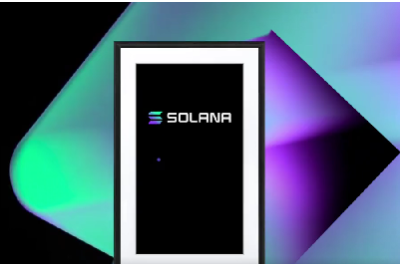June saw the crypto market (DeFi) continue to fall, making it one of the worst months since the previous bear market’s finish in 2011. A confluence of challenging macro and micro factors led to a crypto credit crisis as worries about a protracted bear market (crypto winter) spread throughout the ecosystem. The “risk-off” atmosphere has caused companies like Coinbase to lay off about 18 percent of its workforce because of the high US inflation forecast for the foreseeable future and a potential impending recession. Because of liquidity issues, one of the largest cryptocurrency lenders, Celsius, drew attention when it temporarily stopped allowing withdrawals to stay afloat. Three Arrows Capital, a notable bitcoin hedge fund had to file for bankruptcy because of losses.

The falling phase of DeFi
Decentralized finance (DeFi) did worse than BTC (-57%) and ETH (-70%) in the first half of 2022, both compared to and in absolute terms (-74 percent). Every month, except for March, had double-digit negative returns. The value of the top 100 DeFi coins by market capitalization as of June was $36 billion, a 31 percent decrease from the previous month.
DeFi wallets’ average 20-day growth rate decreased and was constant for the entire month. When Ethereum’s price peaked at around $4,700 in November of last year, the growth rate was roughly 4%. There are already 4.8 million DeFi wallets in use worldwide. Although users could have many wallets or addresses, this data point offers a useful pulse on the condition of the DeFi ecosystem.
Break on DeFi lending
Popular DeFi protocols contributed $118M in total monthly revenue as of June, however, with a decrease of -18.4% as usage declined. Only Uniswap had revenue growth for the month (7.8%), which accounts for 80% of total income and is a record high for the protocol this year. The total revenue made by users and token holders has leveled off at roughly $4.6B.
Leading decentralised lending protocols had a sharp downturn in activity, which caused yields to drop almost to zero. At the end of June, the three major lending protocols (Aave, Compound, and Maker) had deposits totaling $11.4B (-47 percent MoM), while borrowing was $8.4B. (-16 percent MoM). Even though crypto performance has been poor, DEX activity has been positive, averaging $110B in volume for the first half of this year. Compared to the same month and time period last year, when the average volume was $95B, this is greater.
Strategies to move ahead
History teaches us it is wise to monitor the fear and greed index. The index displayed below lends weight to the idea that a bottom is imminent and may show a favourable opportunity to act opportunistically, particularly given the possibility of additional forced selling considering the current liquidation issue in the crypto ecosystem. Extreme greed (represented by 100) might be a sign that investors are becoming overly greedy, while extreme fear (represented by zero) can be a sign that investors are becoming overly fearful, which may present a purchasing opportunity.
Particularly for those who haven’t gone through a bear market or crypto winter, June has been a hard month. Since traditional markets and cryptocurrencies continue to have a strong correlation, it is important to continue monitoring market variables like inflation and economic growth indices as well as how the Fed responds to such information. Token prices, however, may significantly change when considering the long-term possibilities of DeFi as an asset class.








Comments